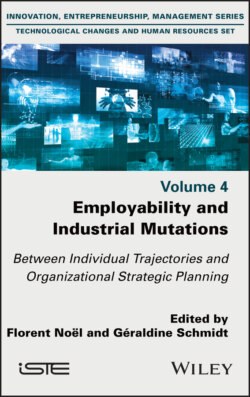Читать книгу Employability and Industrial Mutations - Группа авторов - Страница 23
1.3. Conclusion
ОглавлениеEmployability as used in public employment policies has undergone a multifaceted and very slow learning process, still incomplete as we have just seen, with practitioners first exploring a dichotomous version and then unilateral versions, either individual or collective, before focusing on interactive processes. Even though employability actors have often focused on various categories of workers who are more or less far from employment, their use of the term has long been circumscribed to the issue of access to formal employment, taking company practices as data. The depth of the determinants and constraints, for example, rooted in previous work experiences has only been recognized since the 2000s.
The interactive capabilities discussed today integrate, with the consideration of personal and contextualized constraints and room for maneuver, the social anchoring of the first dichotomous definition which directly took into account family constraints as they were experienced at the time. Now understood as the interaction of individual and collective capacities, the idea of employability was not fully stabilized in the early 2020s. However, it opens the door to a way beyond: most of the versions currently being explored, far from falling back on a market order taken as given, are likely to nourish approaches to appropriation and emancipation. It would thus be a matter of “equipping the labor market to serve people” as much as, if not more than, “equipping people for the labor market”.
